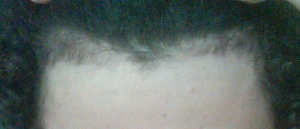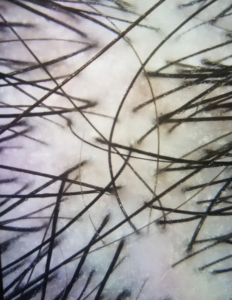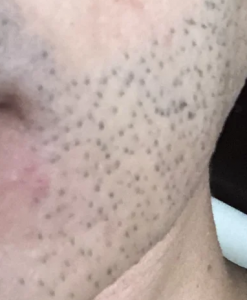I have been using finasteride for a year and my shedding had only increased. I thought that because I am young finasteride would be enough but I don’t think so now. My scalp has become more itchy, inflamed and red. All the dermatologists I have visited don’t know what it is or what to do. They have already tried nizoral, topical steroids, anti fungals, antibiotics but nothing has worked. I am going crazy from the itching and shedding, so I am hoping you can help or give advice.
So my questions are: Is this inflammation preventing finasteride from working? Would you recommend switching to dutasteride? What should I do now because my Gp has given up?
I hope you respond please, as I am getting desperate now.
I am not smarter than your dermatologists. If the shedding continues on finasteride than I might think that you are balding and finasteride is not controlling it. If I were to see you, I would start off getting a HAIRCHECK test on you to see how much hair loss you have had (hair must be long). That would give me data points on the hair loss and from there, based upon the test results, I would have an indication of you and the degree of your balding and if so, what pattern you might be developing. What is your age?




